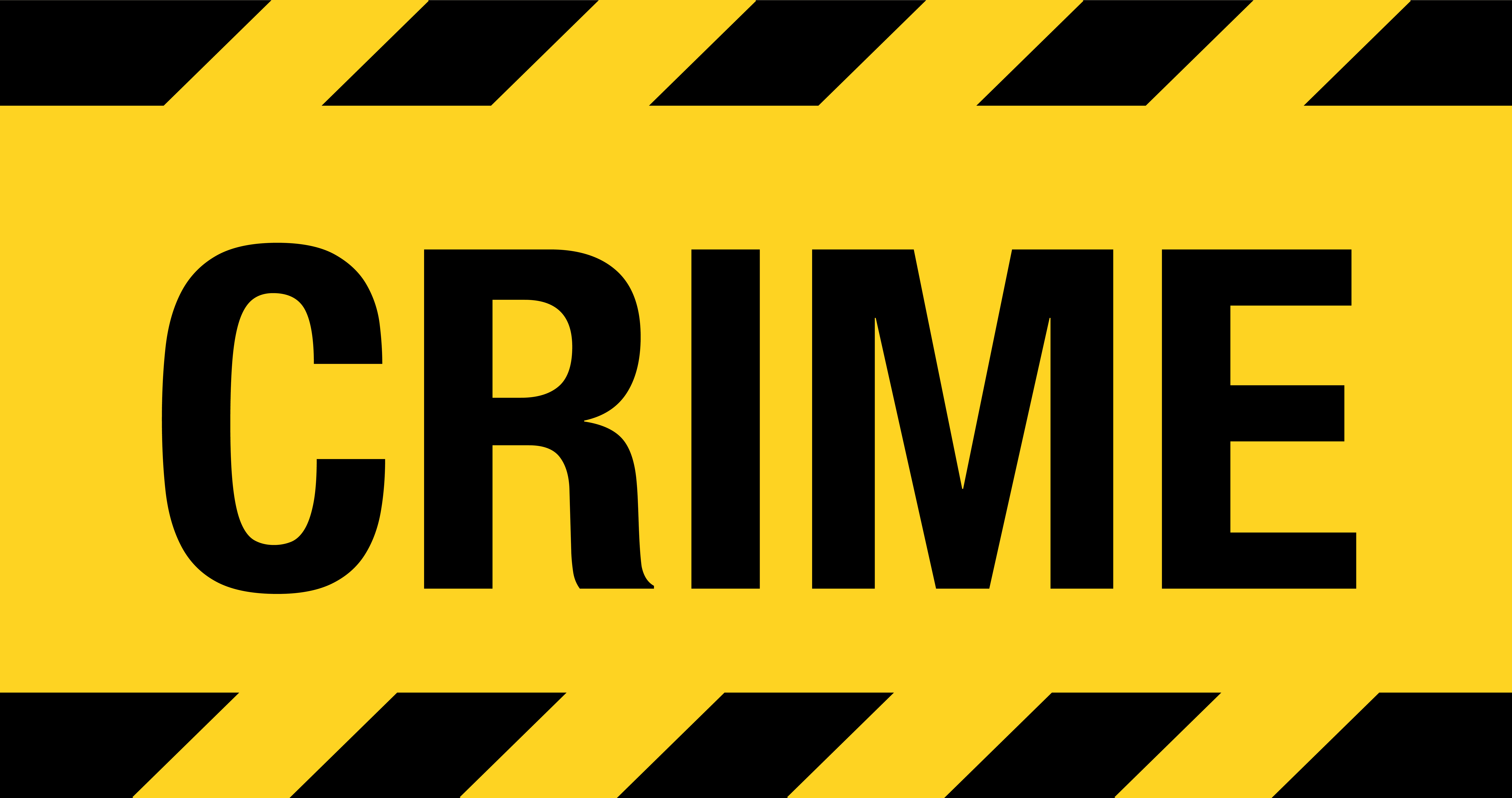The newly-crowned Nobel Prize winner in chemistry discussed his research of new forms of carbon at the chemistry department’s Evans Award Lecture in OSU’s Hitchcock Hall on Friday.Richard Smalley, professor of chemistry and physics at Rice University in Houston, addressed a nearly full auditorium at Hitchcock Hall. He spoke of ball, tube, and rope structures formed by combinations of carbon atoms. Smalley, Robert Curl of Rice University, and Harold Kroto of Sussex University in England share the $1.12 million Nobel Prize for their discovery of buckyballs. These are soccer ball-shaped molecules made of 60 carbon atoms.’Carbon has the genius to make this all by itself if left alone to do what it wants to do,’ Smalley said.Smalley said buckyropes could one day be used as the elevator to space envisioned by science fiction writer Arthur Clarke in 1976.Buckyballs had been made by nature for millions of years, Smalley said. It wasn’t until 1985 that he and his colleagues discovered the balls. ‘I don’t think there is anything more joyous than finding something at the essence of the universe and being around when it’s first found,’ he said. The balls are named after Buckminster Fuller, an architect who built geodesic domes, which the carbon molecules resemble.Nickel and cobalt atoms can deflect carbon’s self-assembly to make buckytubes, Smalley said. These carbon tubes are the flattest of all molecules. If tubes hit each other, they will align, he said.By using a laser to vaporize carbon, the tubes can be made into rope. These metallic ropes, thousands of times finer than a human hair, are the strongest fibers ever made, he said.These microscopic buckyropes have been aligned to create a string more than two centimeters long, he said. ‘Somebody ought to learn how to grow these things continuously,’ Smalley said.Smalley was chosen in June to give the Evans Lecture. He received the Nobel Prize Wednesday.The Evans Award is named for William Lloyd Evans, chemistry department chairman at Ohio State from 1928 to 1941. Each year, the award recognizes an internationally renowned chemist.Faculty and students from chemistry departments at other colleges in Ohio are invited to the talk. Bruce Bursten, professor of chemistry at OSU, chaired the committee that selected Smalley as the lecturer. ‘The committee knew he would be an excellent choice,’ Bursten said. ‘We all agreed he was a likely candidate for a Nobel Prize someday. The excitement of having this happen seven days before the talk is unlike anything I’ve ever seen before.’Valerie Ibom, a sophomore majoring in molecular genetics, said she was impressed by the speech.’Dr. Smalley is a very dynamic speaker and he always kept the crowd’s attention,’ Ibom said. ‘I was just happy I was able to follow the talk and he kept it to a general audience.’ Smalley also praised OSU for its chemistry program.’I am stunned and impressed with the quality of the chemistry program (at OSU),’ Smalley said. ‘You’ve got something really wonderful going here.’


